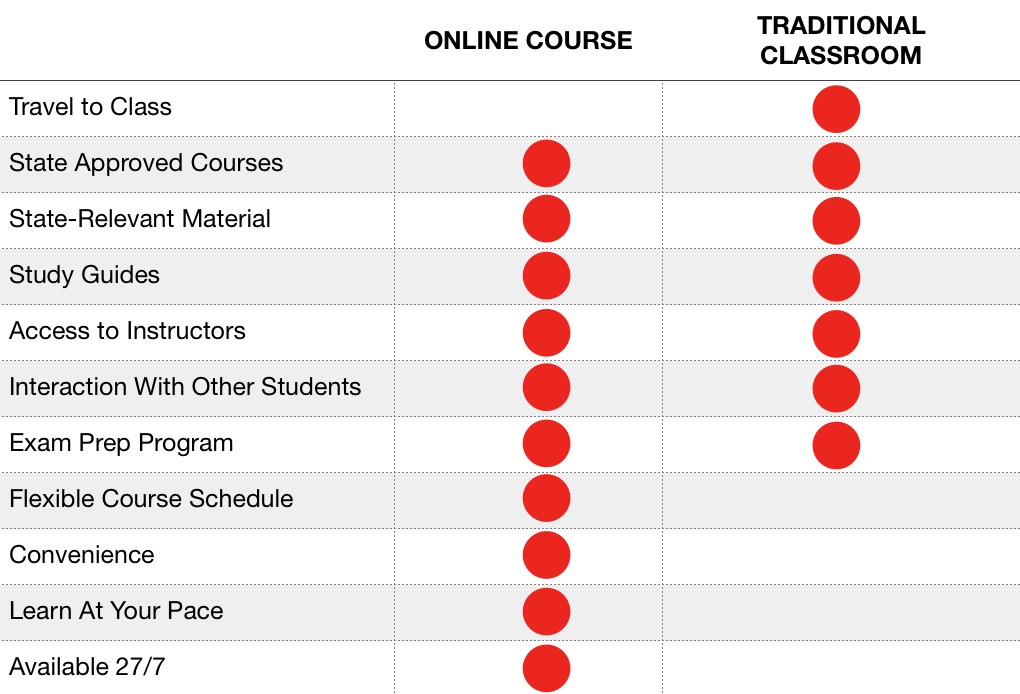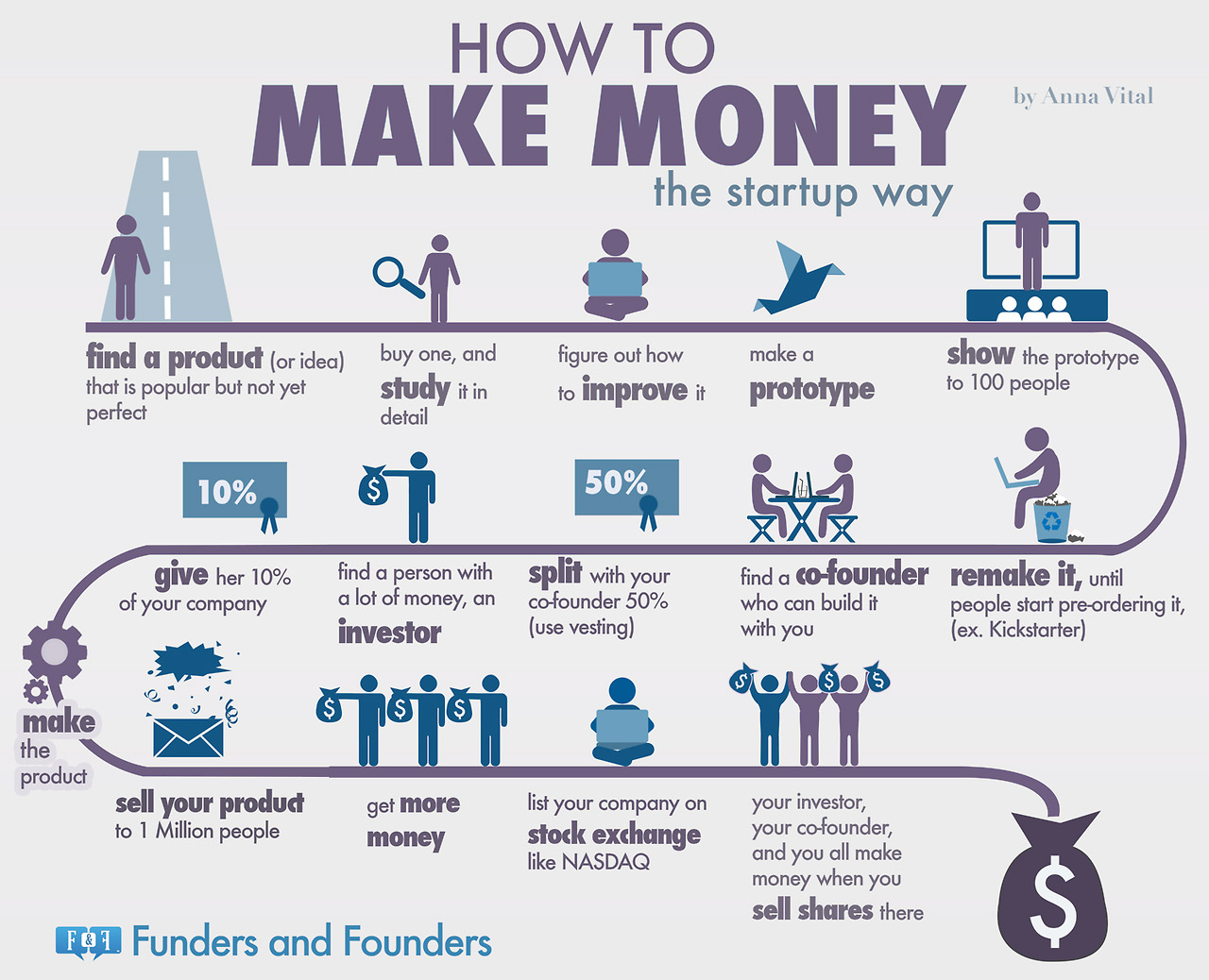The reason most lenders need a 20% down payment is due to equity. If you do not have high sufficient equity in the home, you're thought about a possible default liability. In easier terms, you represent more danger to your loan provider when you do not pay for enough of the house. PMI is calculated as a portion of your initial loan amount and can range from 0. 3% to 1. 5% depending on your down payment and credit history. Once you reach at least 20% equity, you can request to stop paying PMI.Homeowners association (HOA) costs prevail when you purchase a condo or a home that becomes part of a prepared neighborhood.
The charges cover common charges, such as neighborhood space upkeep (such as the yard, community pool or other shared facilities) and structure upkeep. When you're looking at residential or commercial properties, HOA charges are generally disclosed upfront, so you can see just how much the present owners pay each month or each year. HOA charges are an additional continuous cost to compete with, they do not cover residential or commercial property taxes or homeowners insurance coverage in most cases. Select a long loan term, Buy a cheaper house, Pay a larger down payment, Discover the least expensive interest rate offered to you, You can anticipate a smaller sized expense if you increase the number of years you're paying the home mortgage.
For instance, a 15-year mortgage will have greater monthly payments than a 30-year home mortgage loan, since you're paying the loan off in a compressed amount of time. An apparent however still essential route to a lower monthly payment is to purchase a more cost effective house. The greater the home price, the greater your regular monthly payments. This ties into PMI. If you don't have adequate saved for a 20% deposit, you're going to pay more each month to protect the loan. Buying a home for a lower cost or waiting until you have larger down payment cost savings are 2 ways to conserve you from bigger monthly payments.
You don't have to accept the first terms you obtain from a lending institution. Try shopping around with other loan providers to find a lower rate and keep your regular monthly home mortgage payments as low as possible. If you have an FHA loan, the PMI sticks with you throughout the remainder of the loan. The only method to get out of it is to refinance, which is another procedure in and of itself. If you have a standard loan, the PMI https://www.globenewswire.com/news-release/2020/04/23/2021107/0/en/WESLEY-FINANCIAL-GROUP-REAP-AWARDS-FOR-WORKPLACE-EXCELLENCE.html will burn as soon as you reach 20% LTV, however that will usually take 7-10 years. There are a couple of methods to leave paying PMI. Put 20% down Find a portfolio loan provider: Portfolio lenders are those that keep their loans on their own books. In other words, they do not offer their loans to Fannie or Freddie, so they are able to be more versatile.
Not known Incorrect Statements About How Much Is It To Get Your Real Estate License
While you might not pay PMI, your rate of interest may be higher, which may not ultimately make a big effect on your month-to-month payment. 80/10/10 arrangement: Some lenders will offer an 80/10/10 agreement. With this method, you get your normal 80% loan that would prevent PMI all together (How to get started in real estate investing). You then secure an additional loan for 10%, and after that you only put 10% down yourself. This can be risky since that additional 10% loan may have crazy terms, including balloon payments, adjustable rates of interest, and so on. Have a look at this article to check out more about PMI.
Home loan Insurance coverage (also known as home mortgage warranty and home-loan insurance coverage) is an insurance coverage which compensates lending institutions or investors for losses due to the default of a mortgage. Home loan insurance coverage can be either public or private relying on the insurance provider. The policy is likewise known as a home loan indemnity assurance (MIG), especially in the UK. In Australia, customers should pay Lenders Home mortgage Insurance (LMI) for home mortgage over 80% of the purchase price. [] In Singapore, it is mandatory for owners of HDB flats to have a home loan insurance if they are using the balance in their Central Provident Fund (CPF) accounts to pay for the month-to-month installment on their home mortgage.
Private mortgage insurance, or PMI, is generally required with most traditional (non government backed) home mortgage programs when the deposit or equity position is less than 20% of the home worth. In other words, when acquiring or re-financing a home with a standard home loan, if the loan-to-value (LTV) is higher than 80% (or equivalently, the equity position is less than 20%), the customer will likely be needed felicia welch to bring personal home mortgage insurance coverage. PMI rates can range from 0. 14% to 2. 24% of the primary balance annually based on percent of the loan guaranteed, LTV, a fixed or variable interest rate structure, and credit rating.
A lot of individuals pay PMI in 12 regular monthly installments as part of the mortgage payment. In the United States, PMI payments by the customer were tax-deductible up until 2018. Debtor paid personal home loan insurance, or BPMI, is the most common kind of PMI in today's home mortgage financing market. BPMI permits borrowers to get a home loan without having to supply 20% deposit, by covering the lender for the added threat of a high loan-to-value (LTV) home mortgage. The United States Homeowners Defense Act of 1998 enables borrowers to demand PMI cancellation when the quantity owed is decreased to a particular level. The Act needs cancellation of borrower-paid home loan insurance when a specific date is reached.
How How Much Do Real Estate Agents Make A Year can Save You Time, Stress, and Money.
BPMI can, under certain circumstances, be cancelled earlier by the servicer ordering a brand-new appraisal showing that the loan balance is less than 80% of the home's value due to appreciation. This typically needs at least two years of on-time payments. What is adu in real estate. Each investor's LTV requirements for PMI cancellation vary based on the age of the loan and present or original occupancy of the home. While the Act applies just to single family primary residences at closing, the financiers Fannie Mae and Freddie Mac permit home loan servicers to follow the same rules for secondary homes. Financial investment residential or commercial properties normally require lower LTVs.
In many cases, the Lender is giving the borrower a credit to cover the expense of BPMI. Lending institution paid private mortgage insurance, or LPMI, resembles BPMI b3 guys nashville except that it is paid by the loan provider and constructed into the interest rate of the home loan. LPMI is typically a feature of loans that declare not to require Mortgage Insurance for high LTV loans. The advantage of LPMI is that the overall regular monthly home loan payment is typically lower than a comparable loan with BPMI, however since it's developed into the rate of interest, a customer can't get rid of it when the equity position reaches 20% without refinancing.
In home loan insurance, a master policy issued to a bank or other mortgage-holding entity (the policyholder) sets out the terms and conditions of the protection under insurance coverage certificates. The certificates record the specific qualities and conditions of each individual loan. The master policy includes numerous conditions consisting of exemptions (conditions for denying protection), conditions for alert of loans in default, and declares settlement. The legal arrangements in the master policy have actually gotten increased analysis because the subprime mortgage crisis in the United States. Master policies generally require prompt notification of default include arrangements on monthly reports, time to file match limitations, arbitration agreements, and exclusions for carelessness, misrepresentation, and other conditions such as pre-existing ecological pollutants.
Protection can be rescinded if misstatement or fraud exists. In 2009, the United States District Court for the Central District of California determined that mortgage insurance might not be rescinded "poolwide". Home loan insurance coverage started in the United States in the 1880s, and the very first law on it was passed in New York in 1904. The market grew in reaction to the 1920s realty bubble and was "completely bankrupted" after the Great Anxiety. By 1933, no personal home loan insurance provider existed.:15 The insolvency was related to the market's participation in "home mortgage pools", an early practice comparable to mortgage securitization. The federal government started insuring mortgages in 1934 through the Federal Housing Administration and Veteran's Administration, however after the Great Anxiety no private mortgage insurance coverage was authorized in the United States up until 1956, when Wisconsin passed a law allowing the first post-Depression insurer, Home loan Guaranty Insurance Coverage Corporation (MGIC), to be chartered.

